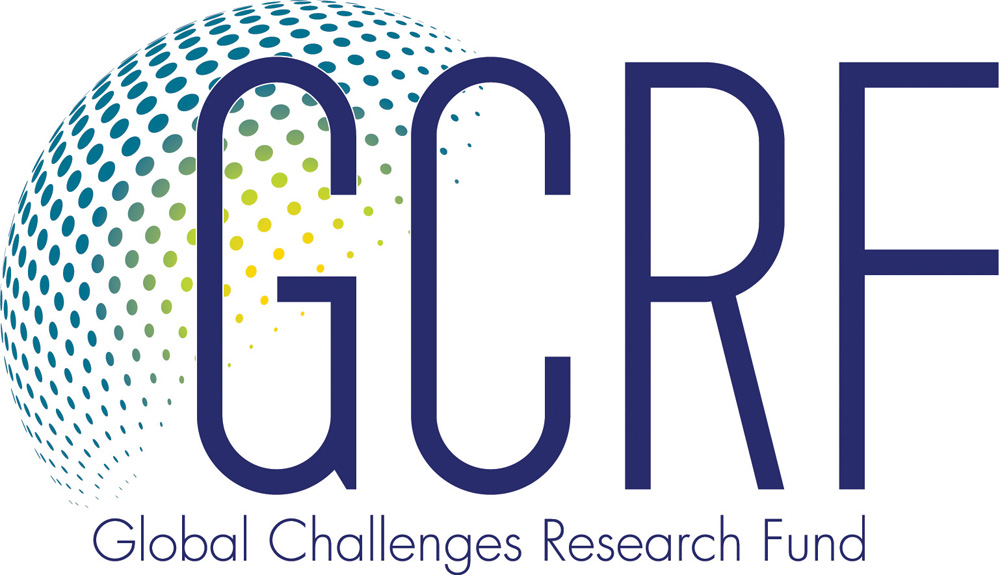GCRF GIAA Impact Fund: Professor Pietro Cicuta

Improving the quality of malaria diagnostics in the developing world, PI: Professor Pietro Cicuta (Department of Physics)
Almost half the world’s population is at risk of malaria, yet many countries lack access to robust ways of diagnosing the disease. Thanks to funding from the GCRF GIAA, Cambridge physicists are developing a novel microscopy training package to raise standards of malaria diagnosis in developing countries.
With more than 200 million cases and 400,000 deaths a year, malaria remains the world’s most devastating infectious disease. Many countries, however, have too few trained microscopists to accurately diagnose the disease. Instead, they rely on simple chemical tests that result in poorer patient outcomes.
In the Cavendish Lab, Professor Pietro Cicuta has studied malaria for more than 10 years, alongside colleagues from the Department of Physiology, Development and Neuroscience and the Wellcome Sanger Institute. As a physicist, albeit with a biological bent, his work focusses on two main goals: understanding how the parasite enters human red blood cells and automation systems that would enable blood smears to be analysed more quickly and cheaply in malaria-endemic regions.
“Membrane mechanics is crucial in malaria infection – and much more important than the parasite’s protein chemistry. Because the parasite has to punch a hole in the red blood cell, anything that affects membrane rigidity is important,” he explains. To study this, Pietro has developed novel gadgets and microscopes that allow him to video and quantify the invasion process in order to develop new therapies to prevent infection.
Alongside this, Pietro is also working on new image analysis techniques that could one day automate malaria diagnosis. “Microscopy is the gold standard for diagnosing malaria because it tells us how severe the infection is, and what species of malaria we’re dealing with. It’s done by people looking down a microscope at a drop of dried blood, but it could easily be analysed by computers, so we’re working on a way to automate it.”
The GIAA call came as two summer students were finishing work on part of the image analysis problem, so Pietro decided that while they continued towards that goal of revolutionising diagnosis, he could use the funding to devise an interim, short-term fix.
“The aim is to produce an affordable training kit to improve training standards and quality assurance by simply producing blood slides annotated with the position of the parasites,” he says. “I think of it like the theory part of the driving test – something that’s simple and quick to administer and which provides quality control.”
Pietro used the GIAA funding to invent a way of imposing a grid pattern on microscope slides (something that did not exist commercially), onto which is added a drop of malarial blood. Thanks to the grid, the position of the parasites is then annotated and the training kit is ready to go.
“We’ve standardised making the blood smears and worked on a software tool to label the grids. At the moment people have to decide on the correct answer for each slide, but we are working on software for that too, so the process can be as quick as possible. We’re even looking at labelling the parasites with fluorescent proteins to make this even easier.”
The next step is to test the training kits with microscopists in Africa, building on Pietro’s existing partners in Tanzania and Kenya: “As part of our other EPSRC and GCRF grants, we already work with clinicians in a large health clinic who treat severe malaria cases and conduct clinical trials of vaccines, so they have lots of microscopy technicians and will be our first collaborators.”
And despite the real technical hurdles, the project’s toughest challenge so far has been navigating the ethical and legal issues. “Despite the fact we’ve worked on malaria for a decade, waiting for clearance from the various committees, blood banks and other bodies involved has been frustrating,” he admits, “but the reward is that we can have real impact and build on our existing relationships.”
For that, he concludes, the GIAA has been invaluable: “We’d not have thought of developing this training kit without the funding, because it’s an off-shoot of our main research. The GIAA funding enabled us to work on the idea, so it was really timely and extremely useful.”
Funded by: GCRF Global Impact Acceleration Account 2018 University of Cambridge (EP/S515966/1)

